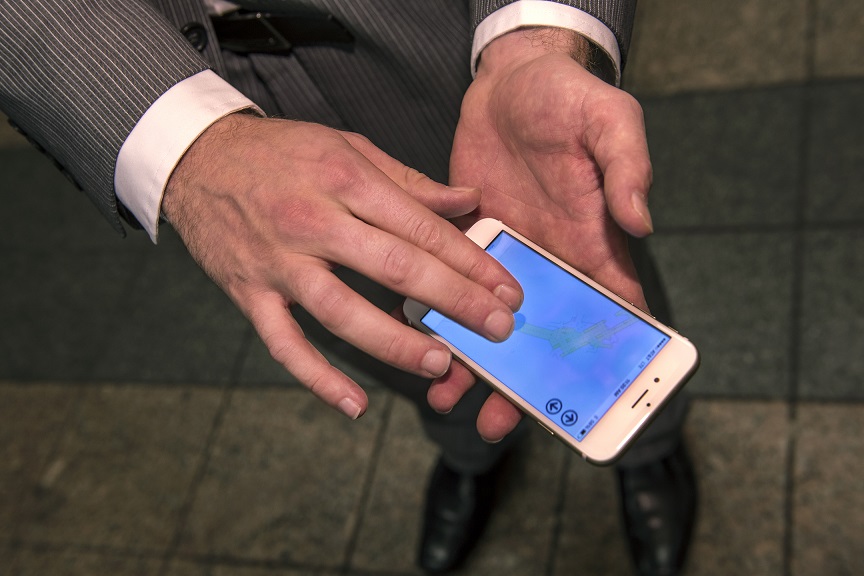This post is also available in:
 עברית (Hebrew)
עברית (Hebrew)
The US Department of Homeland Security (DHS) Science and Technology Directorate (S&T) has been advancing wayfinding technology in order to improve travelers navigation experience at Customs and Border Protection (CBP) ports of entry.
The proposed solution is an interactive navigation tool that would allow for bi-directional communication, meaning users can receive information from CBP on how to better navigate the customs process while airports receive information allowing them to identify and analyze bottlenecks.
LocusLabs has received $119,100 to develop the LocusMaps wayfinding technology as part of the Silicon Valley Innovation Program (SVIP). The award is under the Real Time, Intelligent Traveler Wayfinding for the Federal Inspection Stations and Aviation Environment (Wayfinding) solicitation which seeks solutions to enhance the customs process for CBP ports of entry, according to aviationpros.com.
LocusMaps will consist of a map and push notifications delivered directly to passenger phones via an opt-in mobile app. The map will include navigation guidance in addition to other points of interest within an airport, such as restaurants, stores or lounges. The product can be customized with contextual data, such as airline information about a passenger’s booking, preferred language and Trusted Traveler status.
“Enabling communication between travelers and CBP is an important feature in intelligent wayfinding,” said Arun Vemury, an S&T Borders and Maritime Program Manager. “Current wayfinding methods are typically a multitude of static signs directing travelers to queues. It can be difficult for some travelers to know which queue is right for them. Bi-directional communication would allow CBP to tailor instructions to better inform and serve travelers and to provide a more streamlined process.”


























